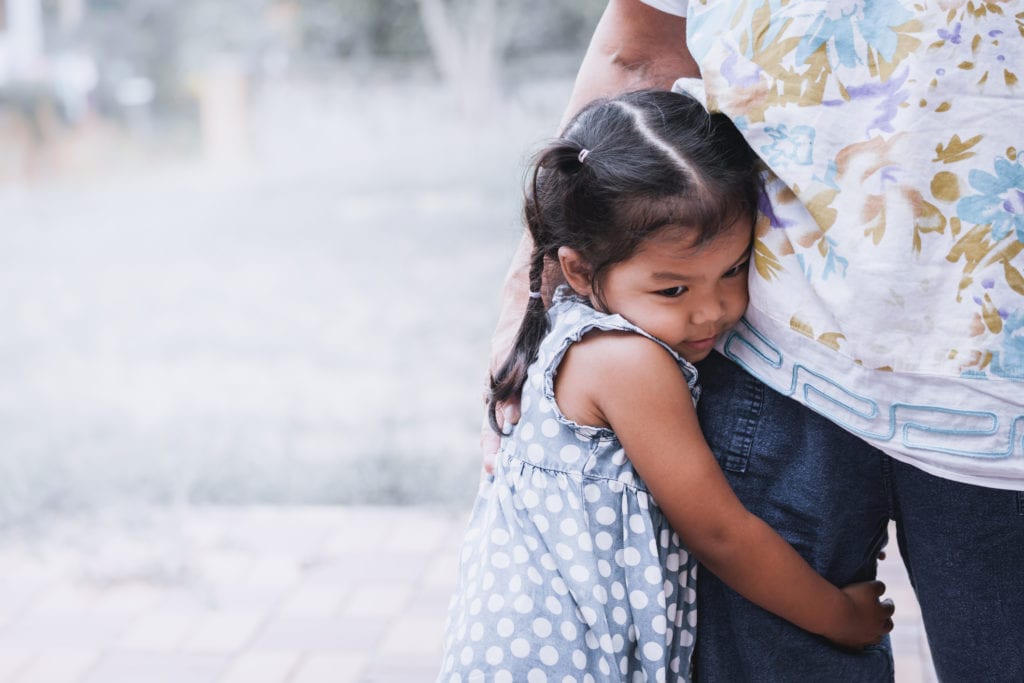

Children who regularly breathe in secondhand smoke have a higher risk of developing rheumatoid arthritis (RA) as adults, according to new research published in the journal Rheumatology.
Marie-Christine Boutron-Ruault, of France’s Institut Gustave Roussy, and colleagues studied more than 70,000 women over the course of three decades. They found that non-smokers who were exposed to smoking as children had a “borderline” increase in RA risk, while current smokers who were also exposed to smoking as children were at higher risks of being diagnosed with RA.
“The most important take-home message is for mothers not to smoke while they are pregnant, and for parents to totally avoid smoking in the presence of their children,” Boutron-Ruault told CreakyJoints in an interview. (Learn more here about tips for family planning when you have rheumatoid arthritis.)
Being exposed to smoke as a child also launches a vicious cycle, as it increases the likelihood that children begin smoking when they become adolescents and remain long-term smokers as adults. This makes it more likely for children to develop a number of tobacco-induced diseases, according to Boutron-Ruault.
Parents should totally avoid smoking in the presence of their children.
“Parents should be more careful if there are cases of RA in the family, or even of any autoimmune disease,” she says. “To date, we do not know what else to do to avoid getting RA, but we are actively working to find other environmental exposures that could be avoided to reduce RA risk, especially in at-risk people.”
Prior research has examined the role that environmental factors can play in triggering autoimmune diseases well before rheumatoid arthritis onset, including the ways that adult smoking can exacerbate autoimmune diseases.
But this research, according to Boutron-Ruault, is the first to examine the effects that exposure to tobacco smoke during childhood can have on rheumatoid arthritis risk later in life.
In adults who are exposed to active smoking, the mechanics of why rheumatoid arthritis onset is hastened are well understood.
“It involves changes in some proteins in the pulmonary alveoli — the air cells of the lung — which, in people with a specific gene, can launch autoimmunity,” Boutron-Ruault says. This can lead to “self-destruction of some body tissues.”
In the study, Boutron-Ruault found that the hazard ratio for developing RA for never-smokers who were exposed to smoking as children was 1.43, while smokers who were also exposed to passive smoking as children had a hazard ratio of 1.67. That means that the former group’s risk of developing RA was 43 percent greater than the general population’s, while the second group’s risk of developing RA was 67 percent higher than that of the general public.
Limitations of the study, notes MedPage Today, include the fact that researchers relied on patients’ self-reported rheumatoid arthritis diagnoses, and their inability to account for environmental and genetic factors.
The results are “provocative,” Tamar Rubinstein, MD, a pediatric rheumatologist at Children’s Hospital at Montefiore in New York City, told HealthDay. “It’s hard to definitively say from the data what role secondhand smoke exposure in childhood plays in RA development.”
Recent research has found that the general public doesn’t necessarily connect smoking with rheumatoid arthritis risk. For example, a study published last month in the Medical Journal of Australia found that just 27 percent of respondents knew that smokers were at elevated RA risk.
Keep Reading:





